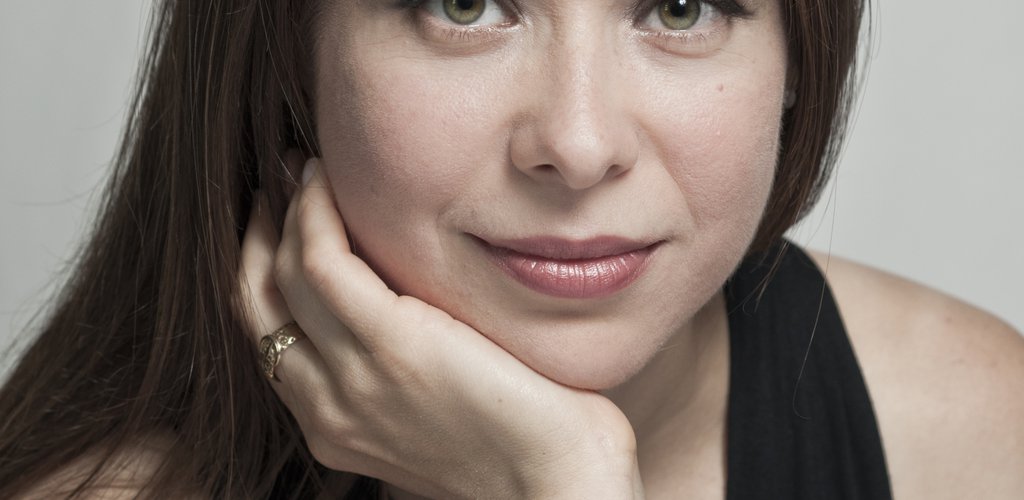Is it possible to explain the difference between the way of singing of a Baroque piece and a classical piece?
The preparation required for singing a piece from the early music repertoire is very much the same as for a piece from the classical or operatic repertoire. Where the difference lies is in the schooling and years of study that precede the preparation of any individual piece of music. During a musician’s time of study, and indeed as you learn more and more throughout your working life, you become familiar with the language of Baroque style and historical approach. Then as you learn the rules of Baroque interpretation, rhetoric, and ornamentation through reading treatises and articles, listening, and performing with other colleagues, you apply your knowledge to any given piece. So in the end, the difference is in the background experience and not the preparation.
The BFO has been doing a row of Baroque concerts since a long time. Almost every time we invite for these concerts Sigrid T’Hooft who teaches and helps the singers with the Baroque gestures. Do these gestures add an extra quality to the performances?
The use of baroque gesture is something that would have come as second nature to any professional singer in historical times. The gestures are used to give visual support and emphasis to the text, and help to persuade the listener with the eye, while the voice persuades with the ear. The two senses work together to give the audience a more compelling performance of the piece. For me, it is a great way to help with the storytelling. Of course one can sing the music without any gesture at all, and this can be rewarding as well. However, when I work with Sigrid using gesture, I always feel it helps to anchor the music deeper into my body and mind. I feel the movements help me to bring both the text and the music to life, and I personally love working with them.
The world-famous Sigiswald Kuijken is going to conduct and play with the orchestra. As far as I know, you did not have any experience with him before. How do you prepare for this musical encounter?
This is my first time singing with Sigiswald Kuijken, and I am very much looking forward to meeting and working with him. Of course, he is a legend in the field of Early Music, and it will be an honour to work on this cantata together.
The piece of Louis-Nicolas Clérambault La Muse de l’Opera is one of the most typical Baroque pieces of a French the composer. What is characteristic of the French Baroque music?
The cantata La Muse de l’Opera is indeed very much of the French style. It includes many of the elements that one would find in a French Drame lyrique, but on a very small scale, for example, an overture, a tempest, a “sommeil”, an invocation from the underworld, etc. There are several factors that make the French repertoire different from works of other origins. Perhaps the most evident are the use of inegal, or more flowing, unequal dotted rhythmic patterns, and a very strong sense of “bon goût” in the characteristic use of ornamentation which differs greatly from the Italian and German schools. In French vocal music you will find very few angular melodies or clashing harmonies – mostly the lines will be rounder, more fluid, and very faithful to the natural rhythm of the text.
Please tell me some ideas about the Cantata you are going to sing!
This cantata in particular is very special because, where most secular cantatas are based on a classical tale from antiquity, this one has no storyline at all. Instead, the text very cleverly invites the audience into the magical world of the opera, and declares that they should allow themselves to be transported to a place where anything is possible; where they can hunt with Diana, and dance with the Graces, listen to the peaceful birds of the forest, or witness the rumbling horrors of the underworld. The moral of this text, however, is that one should simply enjoy the illusion, and never ask how the magic is achieved, for as soon as you know the answer, the spell will be broken!
What does one have to know about the content of this piece, before listening?
As a listener, one should pay special attention to the role of the instruments, which is very important in this Cantata, and illustrates the sung text almost literally in parts. In a way, the singer plays the narrator, or the storyteller, while the instruments bring all characters to life.
Is this your first time to sing in Budapest? How do you feel about it?
I have been to Budapest before, but only for rehearsals, never to perform. I loved the city then, and I look forward to spending time there again now, and indeed to perform there! It is beautiful place; when I was there last time, I loved to walk by the river and to see the bridges and the impressive architecture. For me, who comes from a "new country" (Canada) it is always inspiring to be in a place with such a rich history. Also, I loved the food in Budapest, so I am looking forward to eating well again!


